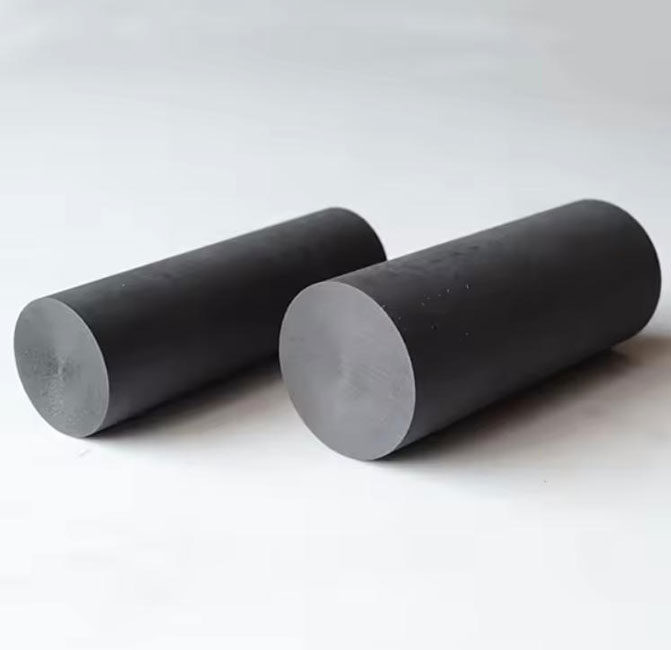
Buy Graphite Electrode serves as the primary heating element for an electric arc, which is a steelmaking method that uses electricity to melt scrap metal. It is a more cost-effective alternative to the traditional blast furnace that uses iron ore to make steel. However, large amounts of coking are still required. The EAF's molten metal is poured in giant buckets, known as ladles. They are used to transport it to a steel mill's caster where new products can be produced.
These EAFs use graphite electrodes, which require constant maintenance to prevent damage from high heat and oxidation. These electrodes can be shaped as rods, and are coated with materials like coal tar or calcined alumina to help them resist the harsh environments in which they operate.
Graphite conducts electricity well due to its unique composition. Carbon atoms are arranged into layers in graphite and connected with covalent bonds. The outer electrons, however, are delocalized. This means they are not paired together and can freely move throughout the graphite. This allows for a rapid flow of electric current. Graphite also resists corrosion and maintains its structural integrity even when exposed to acidic, alkaline, or solvent solutions.
The use of electrodes made of graphite has proven to be a crucial part of the success of the electric arc furnaces. It allows them to achieve temperatures high enough for melting steel scraps and materials while being lower than what is required in traditional blast ovens. A graphite-charged electrode can be used to increase the voltage of an electric arc furnace, allowing it to melt steel scrap and raw materials at temperatures higher than those required for traditional blast furnaces.

Increased production capacity for electric arc furnaces and an overall rise in the amount recycled metal are driving up demand. This development has resulted in a need for graphite electrodes with larger diameters, which can handle higher power levels. To meet the demands of these new requirements, manufacturers develop new materials and technologies. These advances have already made it possible to produce electrodes with a higher level of conductivity than ever before, and they are expected to lead to further improvements in performance.
If you take a look inside any of the major metal and steel smelters in the world, you will find electrodes made from graphite hard at it. They are crucial to the operation electric arc and ladle smelters, which refine and melt steel. The latest generation of high-performance graphite electrodes can handle the intense heat, voltage and current loads of modern EAFs. The graphite electrodes should be washed in ethanol multiple times, and then dried under nitrogen flow. They should be stored in a tube that is sealed with O-rings to prevent oxidation.

Write a Message